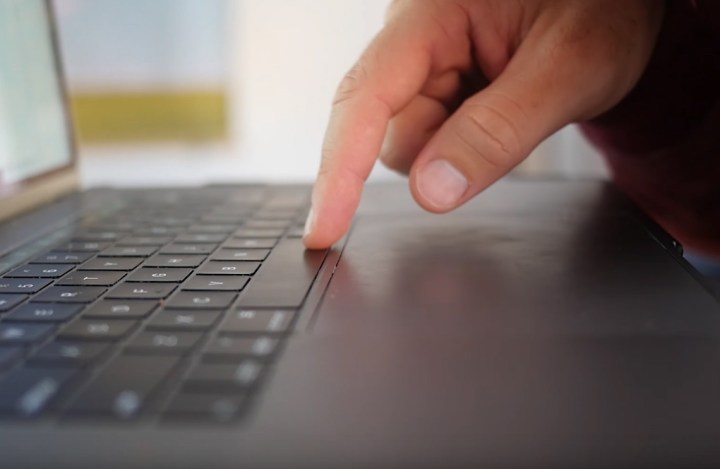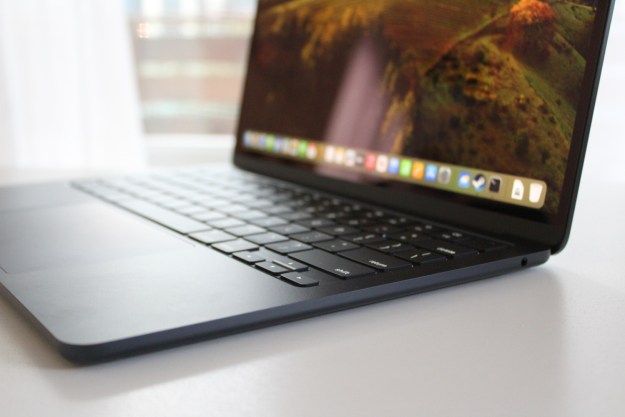
Apple is finally giving up on its controversial “butterfly” keyboard design, according to a reliable tech analyst. Now that Jony Ive is leaving the company, could his thin and light keyboard be the first victim of his departure?
The butterfly keyboard, first introduced in 2015’s 12-inch MacBook, features larger keys and far less travel than Apple’s previous keyboard designs. However, it has been beset with problems ever since it was introduced, with frequent complaints of keys getting stuck, not responding to presses or repeating keystrokes. Apple even apologized after a Wall Street Journal article highlighting the problem went viral.
Now, it seems that Apple is giving up. In a new report, reputable analyst Ming-Chi Kuo says that Apple is set to introduce a new scissor-switch design backed up by glass fiber-reinforced keys as early as this year in a new MacBook Air model. The keyboard will then make its way into a new MacBook Pro in 2020, he contends, with the butterfly keyboard being phased out over time.
Over the years, Apple has revised its butterfly design no less than three times, with the introduction of various membranes under the keys (officially to make key presses quieter, but widely seen as an attempt to prevent dirt ingress), as well as new materials for the key mechanisms. However, none of these changes have been able to truly rectify the problem.
Kuo is widely seen as one of the most trustworthy, well-connected Apple analysts in the world, with predictions that frequently come to fruition. That he believes Apple will give up on the butterfly keyboard and return to a scissor switch — despite Apple saying the butterfly switch provides “four times more key stability than a traditional scissor mechanism” on its website — is therefore significant.
Kuo also says that the new design “could improve the typing experience by offering longer key travel,” according to MacRumors, and would also be cheaper to manufacture than the current butterfly switch (though not as cheap as standard laptop keyboards).
Interestingly, although Kuo says the new scissor switch will result in a thicker keyboard, it won’t be by much. He says he believes that “most users” won’t be able to tell the difference between the new and old designs.
This isn’t the first time Apple has had to throw in the towel on a project in recent years. In March 2019 the company had to cancel its AirPower charging mat before it was released, as it just couldn’t design a mat that met its high standards. It was widely reported that the device, which would let you place a device anywhere on the pad and have it start charging, was overheating to unsafe levels.
We’re hopeful for the new keyboard design. While we noted the 2019 MacBook Pro’s keyboard was quiet and comfortable, it was still a far cry from something we would universally recommend. Bring on the redesign.
Editors' Recommendations
- These 6 tweaks take MacBooks from great to nearly perfect
- If you buy one MacBook Air alternative, make it this one
- The case for buying the M2 MacBook Air over the M3 model
- Which color MacBook should you buy? Here’s how to pick
- Why you should buy a MacBook Air instead of a MacBook Pro




